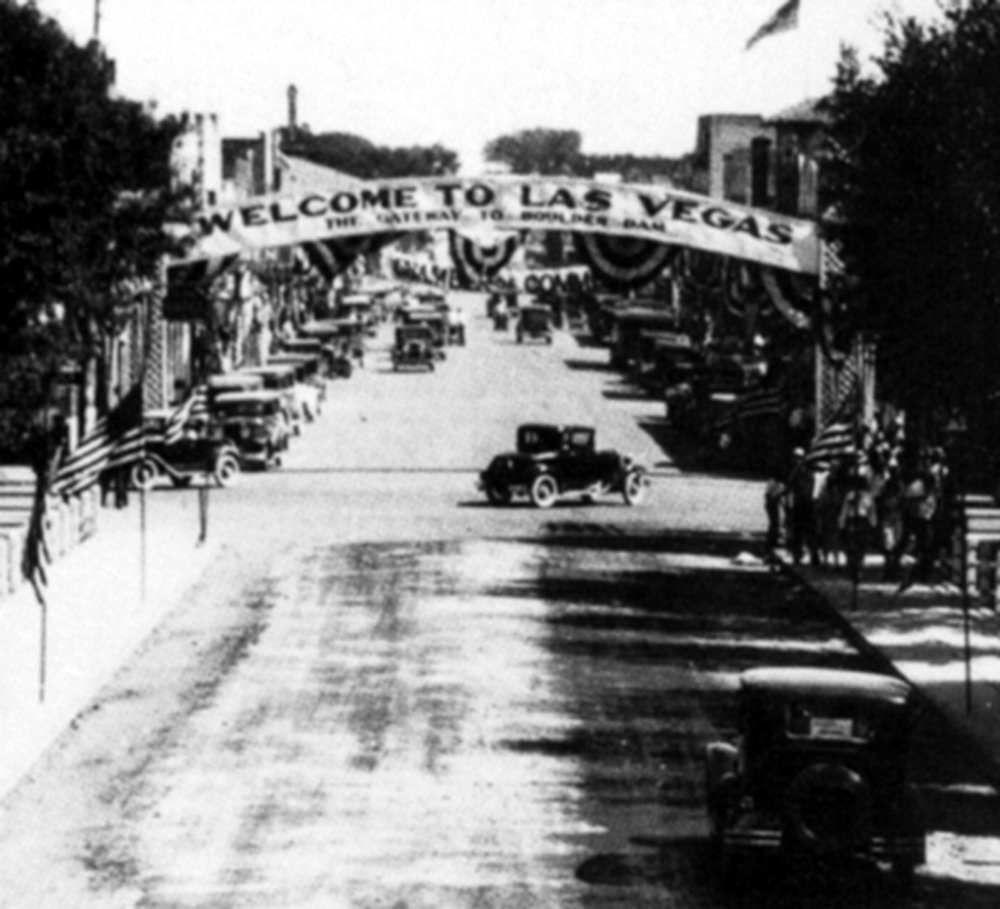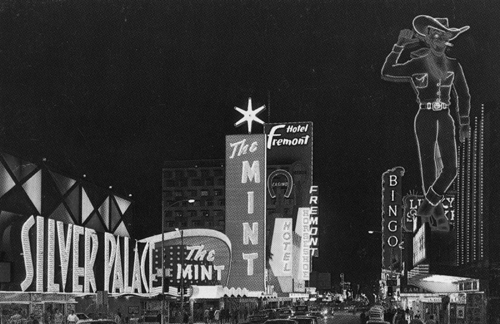Thank you to the great crowd that came out last night for "Untold Stories". On a cold, brisk evening, we filled our classroom at the Springs Preserve with hardy souls who wanted to know more about the place they call home. Our terrific panel provided plenty of stories! Don't forget, we return in February!
Need one last dose of history before the Holidays? How about this:

Marketing has played a large role in Clark County history since the 1930s, when civic leaders realized that tourism would be a way to diversify the local economy.
In the late 1940s the Chamber of Commerce hired professional advertising agencies to market Las Vegas and the Strip throughout the country.
Later the Las Vegas News Bureau and some of the hotels' in-house publicists teamed up on some wildly creative publicity stunts such as the famous "floating crap game" in the Sands Hotel swimming pool. The panel will examine the history of marketing and publicity that has brought us to the present day.
Participating are:
- · Don Payne, former manager of the Las Vegas News Bureau;
- · Bob Stoldal, local historian and newsman;
- · John Ullom, whose parents owned and operated local photography studios; and
- · Frank Mitrani, a retired photographer for the Las Vegas Review-Journal
- ·
Join us in a roundtable discussion and ask questions of our panel as we discuss this fascinating part of Clark County’s history in a free public event called…
“Centennial Stories: Examining Our Past”
Friday, December 4th at 6 p.m.
Where: Clark County Government Center Commission Chambers
500 S. Grand Central Parkway in downtown Las Vegas
This roundtable discussion also will be aired live on Clark County Television (CCTV) cable Channel 4 and replayed throughout December.







